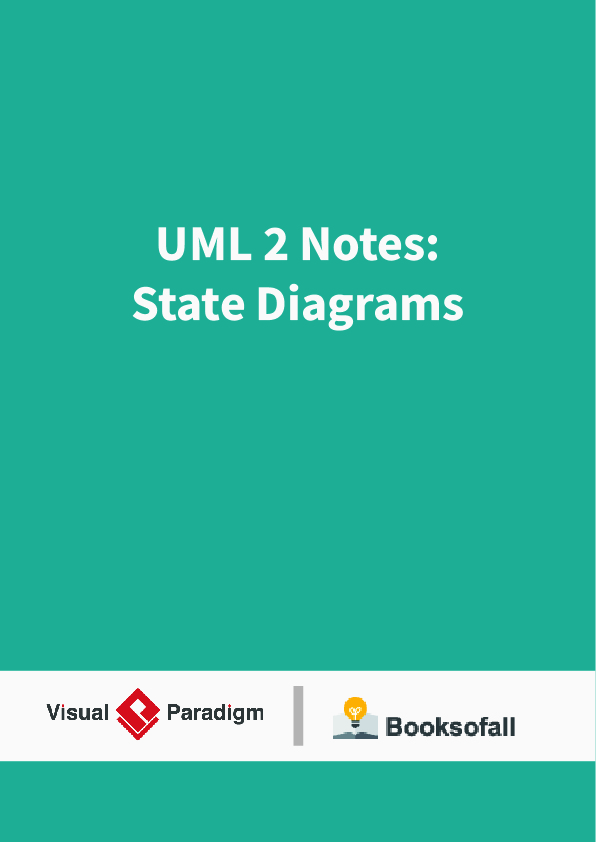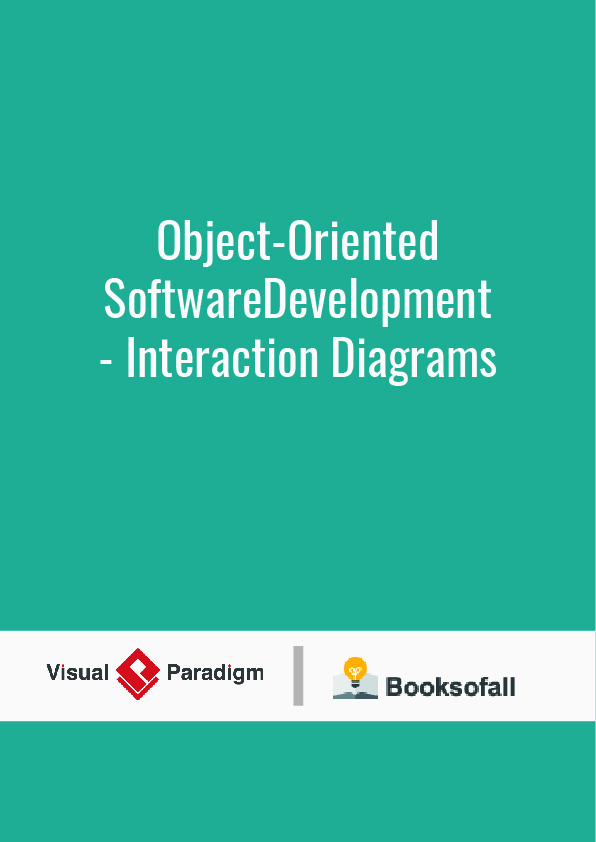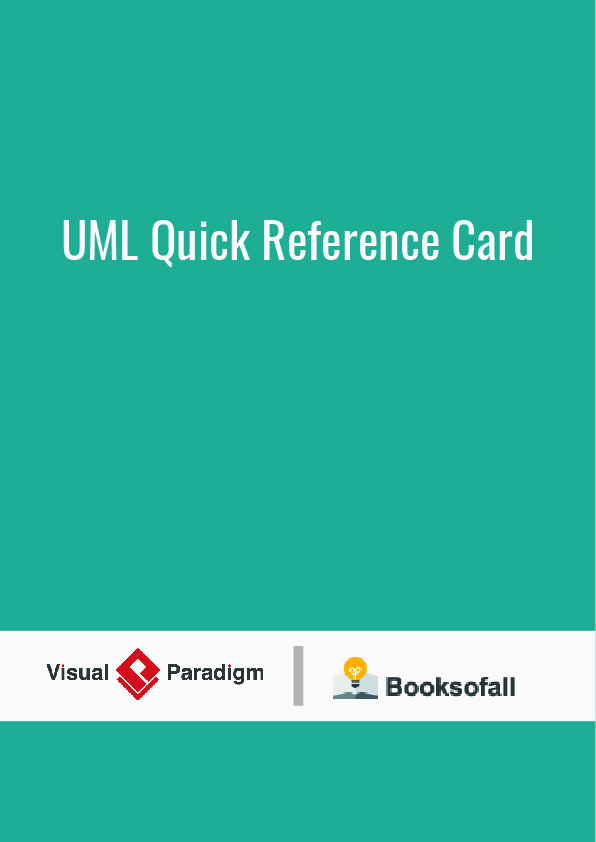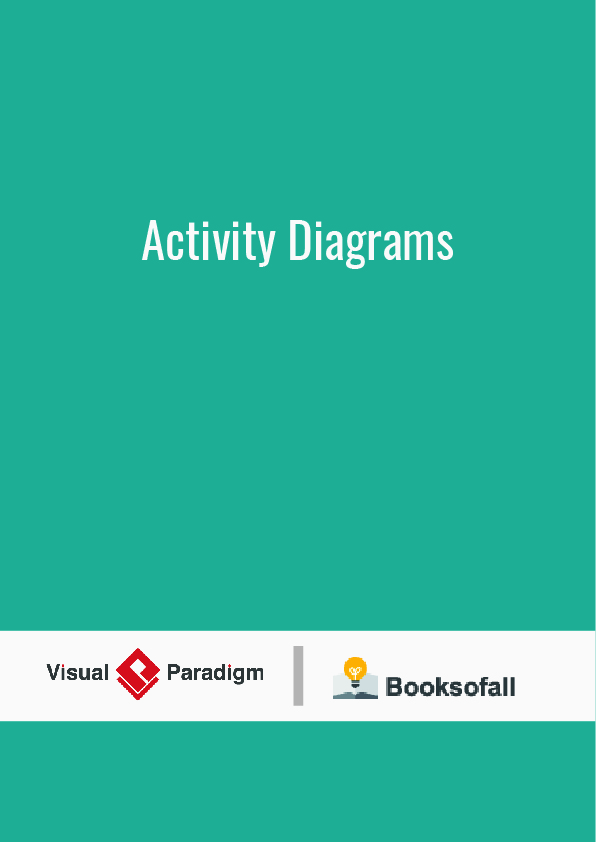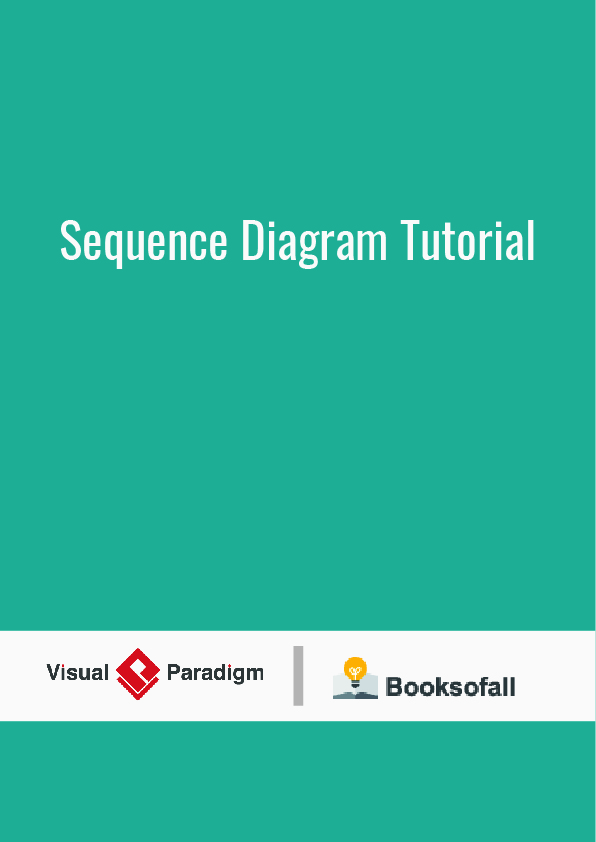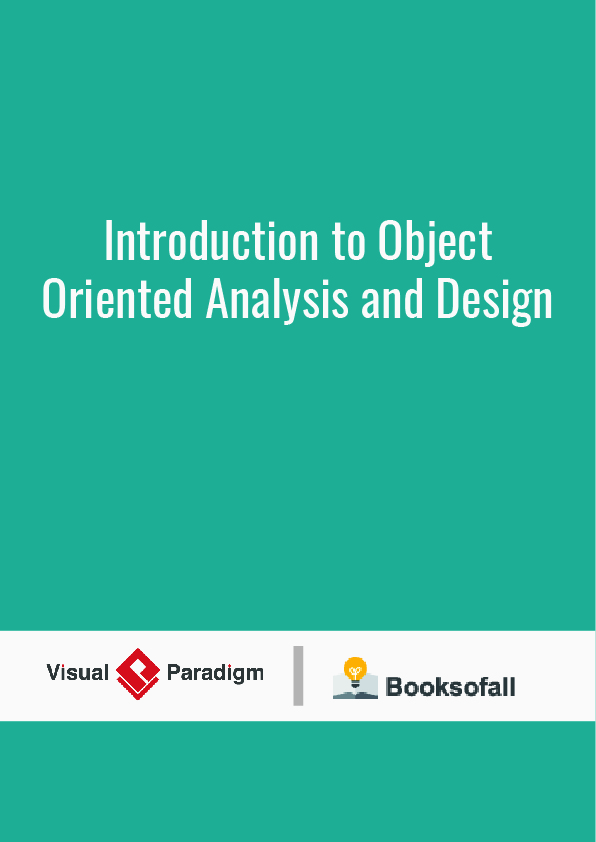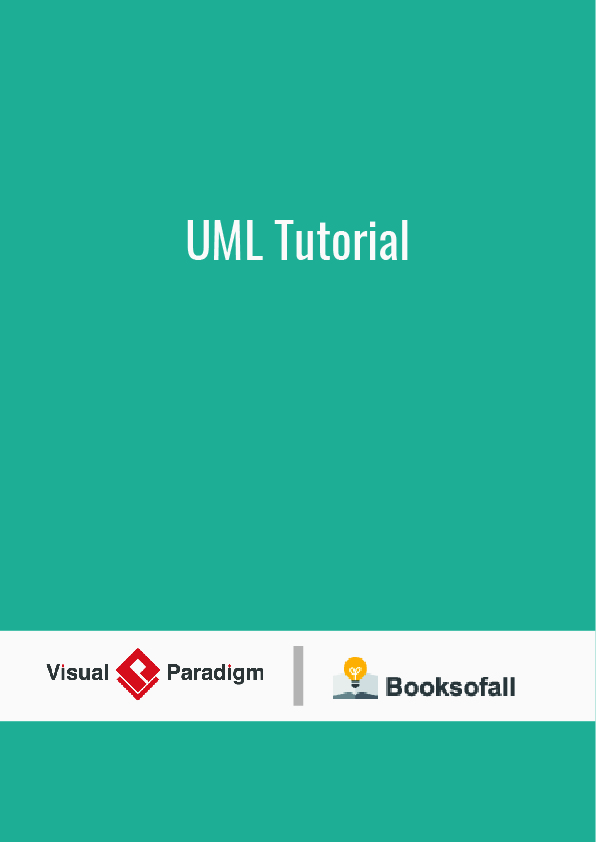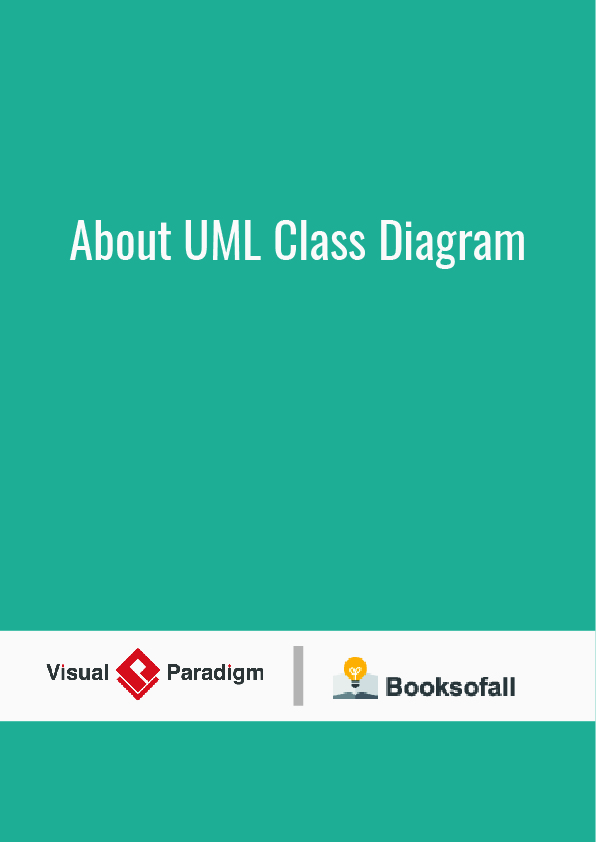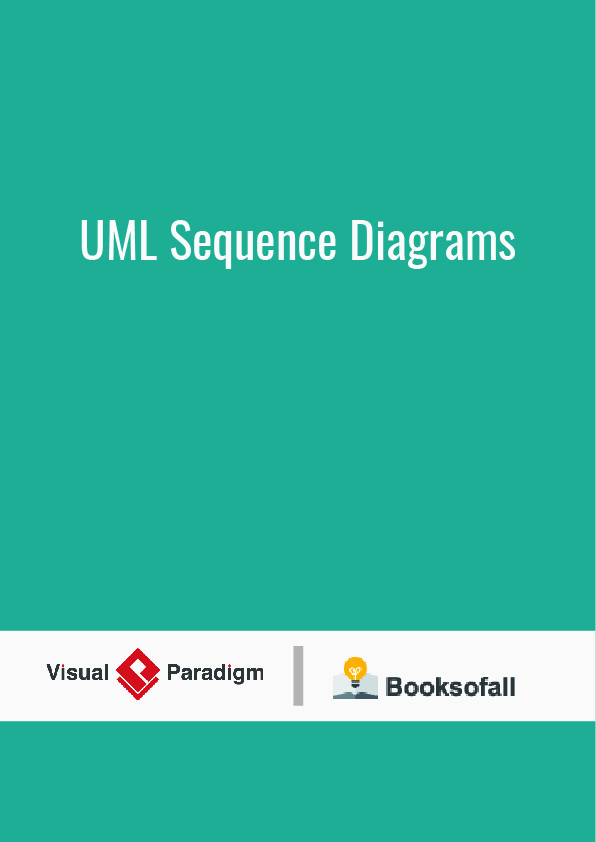UML state machine, also known as UML statechart, is an extension of the mathematical concept of a finite automaton in computer science applications as expressed in the Unified Modeling Language (UML) notation.
The concepts behind it are about organizing the way a device, computer program, or other (often technical) process works such that an entity or each of its sub-entities is always in exactly one of a number of possible states and where there are well-defined conditional transitions between these states.
UML state machine is an object-based variant of Harel statechart, adapted and extended by UML. The goal of UML state machines is to overcome the main limitations of traditional finite-state machines while retaining their main benefits. UML statecharts introduce the new concepts of hierarchically nested states and orthogonal regions, while extending the notion of actions. UML state machines have the characteristics of both Mealy machines and Moore machines. They support actions that depend on both the state of the system and the triggering event, as in Mealy machines, as well as entry and exit actions, which are associated with states rather than transitions, as in Moore machines.
The term “UML state machine” can refer to two kinds of state machines: behavioral state machines and protocol state machines. Behavioral state machines can be used to model the behavior of individual entities (e.g., class instances), a subsystem, a package, or even an entire system. Protocol state machines are used to express usage protocols and can be used to specify the legal usage scenarios of classifiers, interfaces, and ports.
Basic state machine concepts
Many software systems are event-driven, which means that they continuously wait for the occurrence of some external or internal event such as a mouse click, a button press, a time tick, or an arrival of a data packet. After recognizing the event, such systems react by performing the appropriate computation that may include manipulating the hardware or generating “soft” events that trigger other internal software components. (That’s why event-driven systems are alternatively called reactive systems.) Once the event handling is complete, the system goes back to waiting for the next event.
The response to an event generally depends on both the type of the event and on the internal state of the system and can include a change of state leading to a state transition. The pattern of events, states, and state transitions among those states can be abstracted and represented as a finite-state machine (FSM).
The concept of a FSM is important in event-driven programming because it makes the event handling explicitly dependent on both the event-type and on the state of the system. When used correctly, a state machine can drastically cut down the number of execution paths through the code, simplify the conditions tested at each branching point, and simplify the switching between different modes of execution. Conversely, using event-driven programming without an underlying FSM model can lead programmers to produce error prone, difficult to extend and excessively complex application code.
Basic UML state diagrams
UML preserves the general form of the traditional state diagrams. The UML state diagrams are directed graphs in which nodes denote states and connectors denote state transitions. For example, Figure 1 shows a UML state diagram corresponding to the computer keyboard state machine. In UML, states are represented as rounded rectangles labeled with state names. The transitions, represented as arrows, are labeled with the triggering events followed optionally by the list of executed actions. The initial transition originates from the solid circle and specifies the default state when the system first begins. Every state diagram should have such a transition, which should not be labeled, since it is not triggered by an event. The initial transition can have associated actions.
